Enjoy Lunch on Kyrenia’s Historic Harbour Front
Kyrenia is a bustling coastal resort around 40 minutes’ drive from Ercan International Airport. The charming harbourside town was the setting for the classic novel ‘Bitter Lemons of Cyprus’ by Lawrence Durrell and lies beneath fragrant orchards, castle-strewn mountains and lush forests.
Kyrenia harbour stands as it did centuries ago when merchants made their stops here along the trade route to Europe. As you sip morning coffee or feast on Turkish Cypriot mezze, you can imagine life as it was during the harbour’s hectic heyday. The waterfront is guarded by Girne Kalesi or Kyrenia Castle. With links to the Byzantines, Ottomans, Crusaders and Venetians it has a rich history to discover.
You can gain incredible vistas from the castle ramparts, discover dungeons and storerooms, see a 12th-Century chapel and delve into the city’s maritime heritage at the Shipwreck Museum. Once you’ve exhausted the historical attractions, venture into the back streets of Kyrenia for a spot of retail therapy. Quaint stores boast jewellery, hand-crafted kilim rugs and artwork for you to splurge on.
In the evenings, Kyrenia restaurants specialising in Turkish Cypriot cuisine and freshly caught seafood spring into life. The clatter of plates, cacophony of chatter and melodic music resonates along the waterfront as the sun sets and harbour lights illuminate.



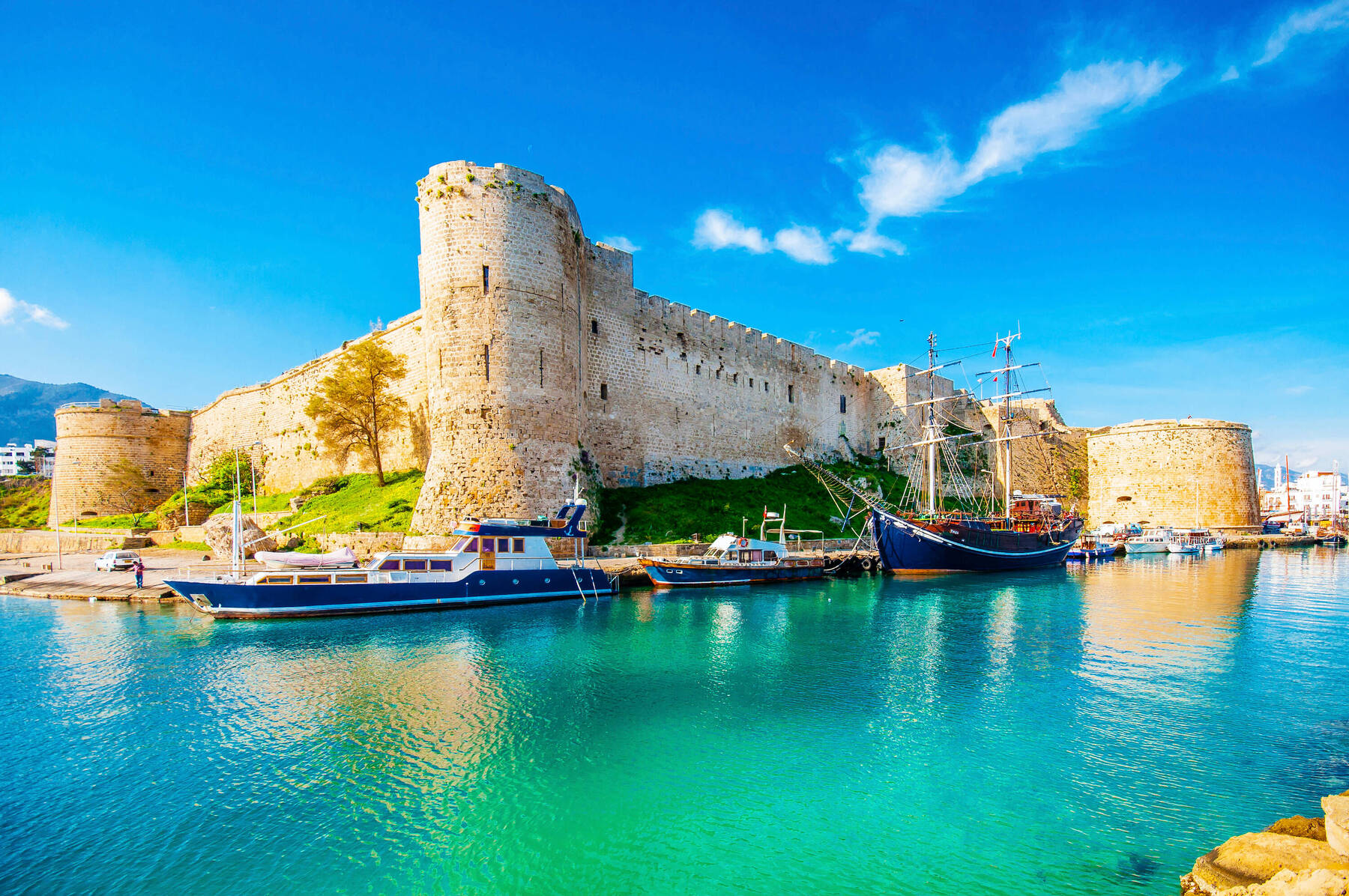
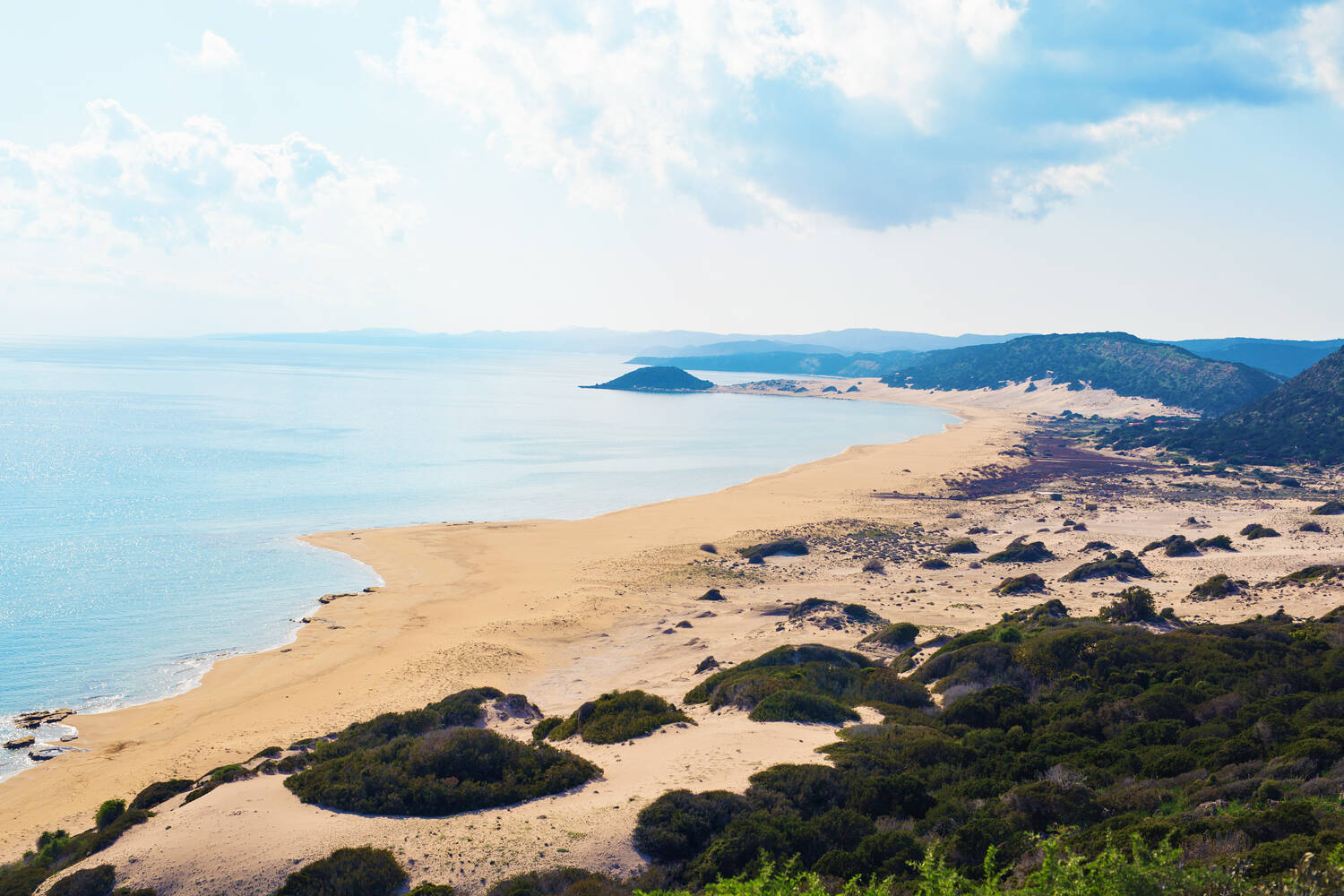
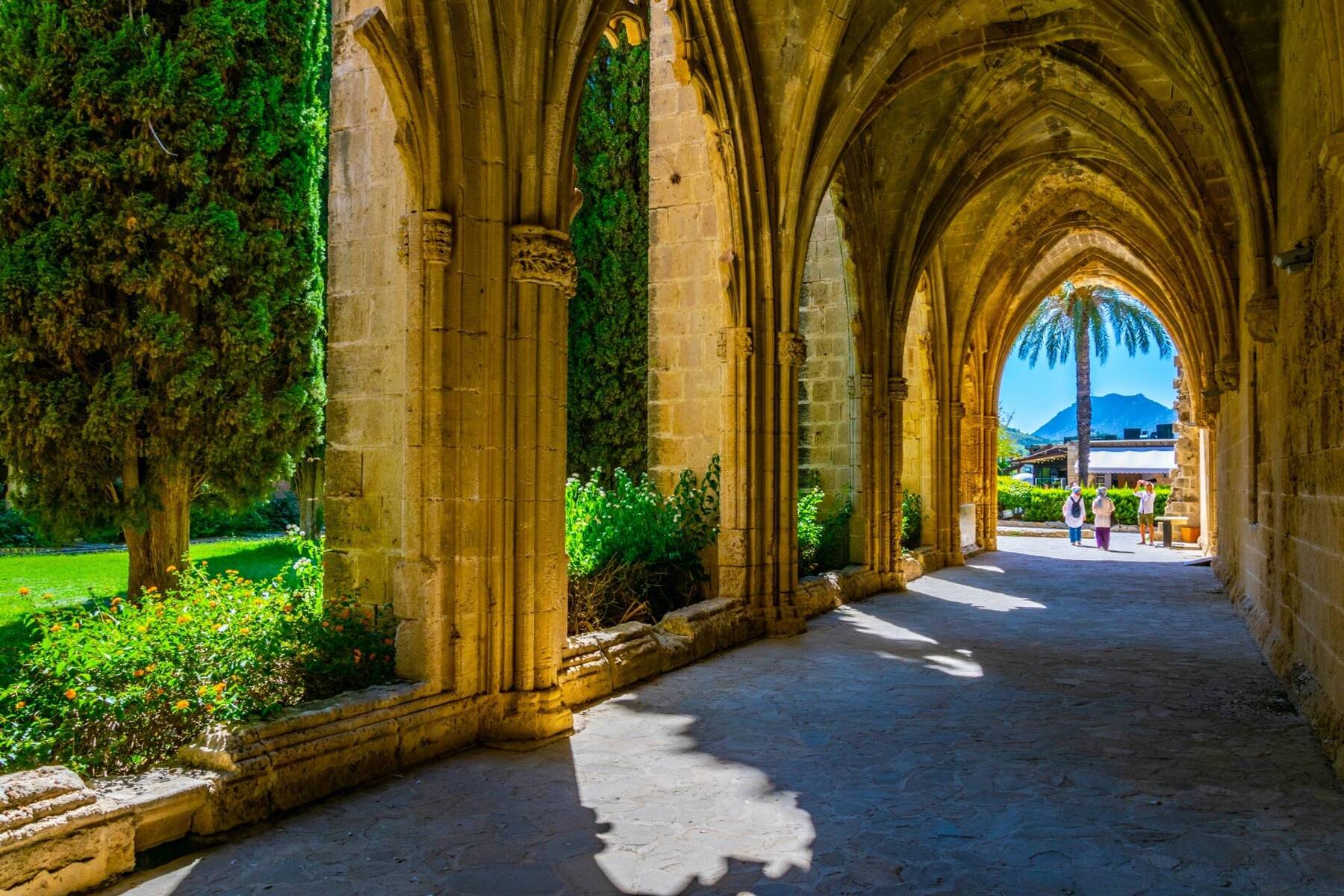
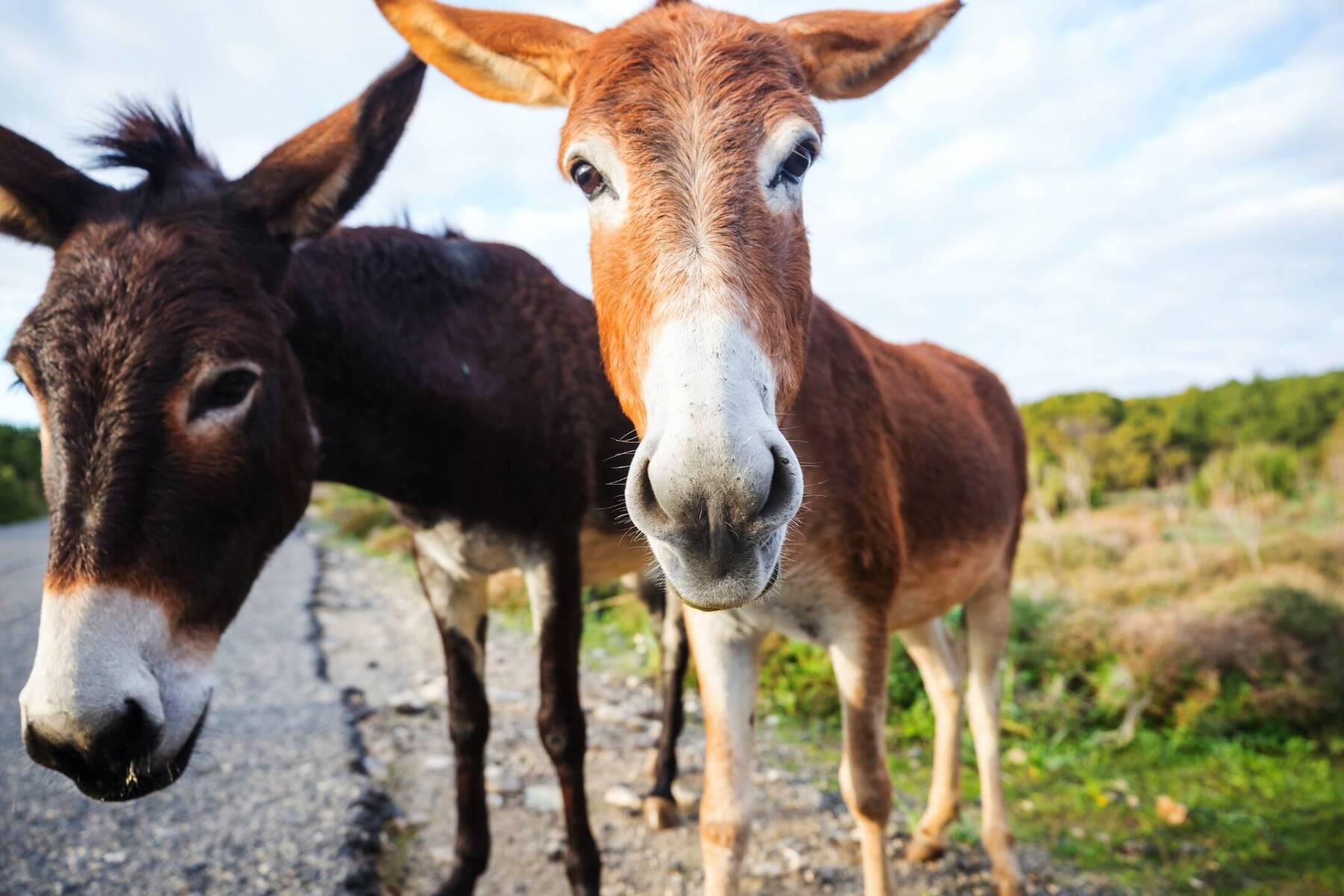
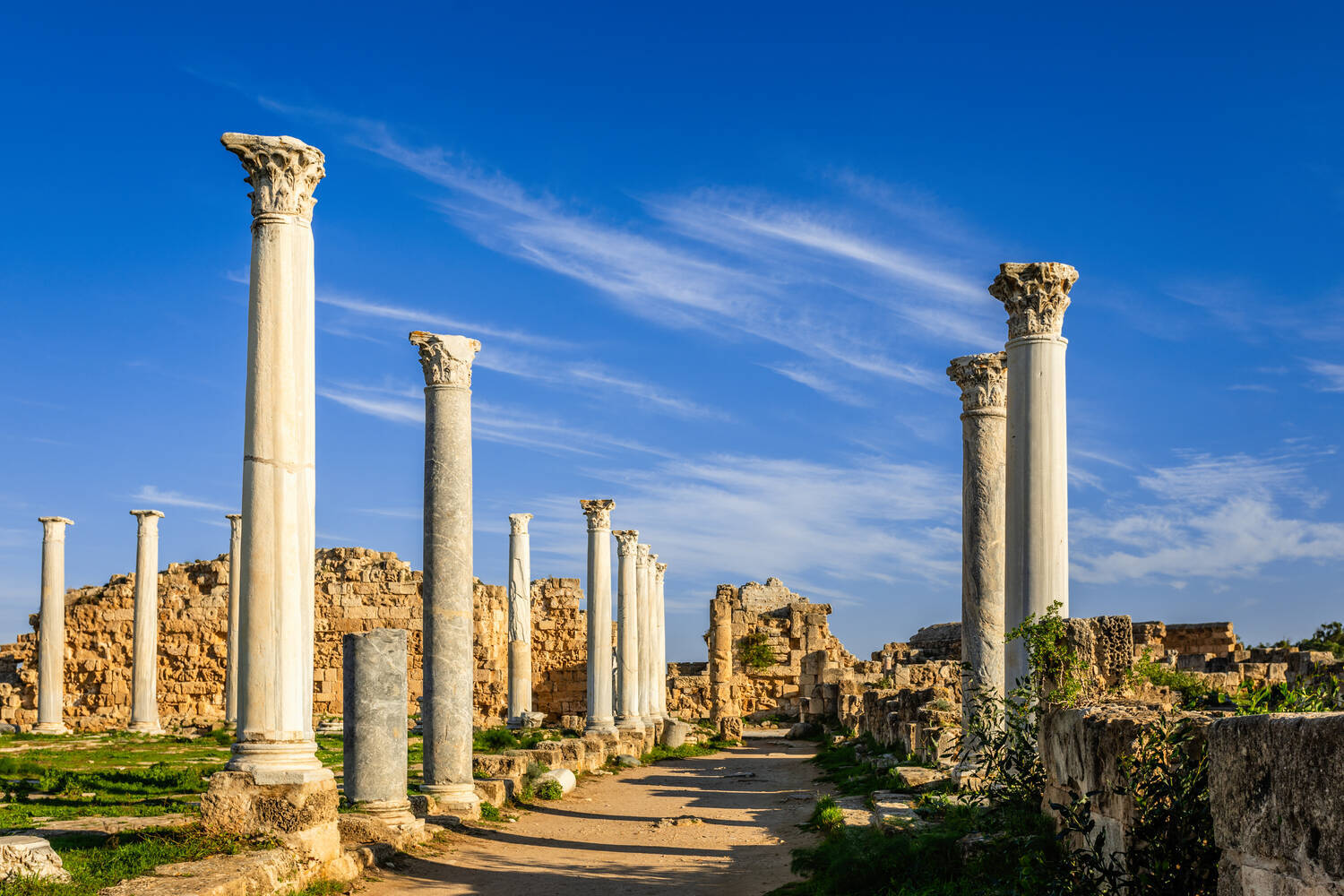
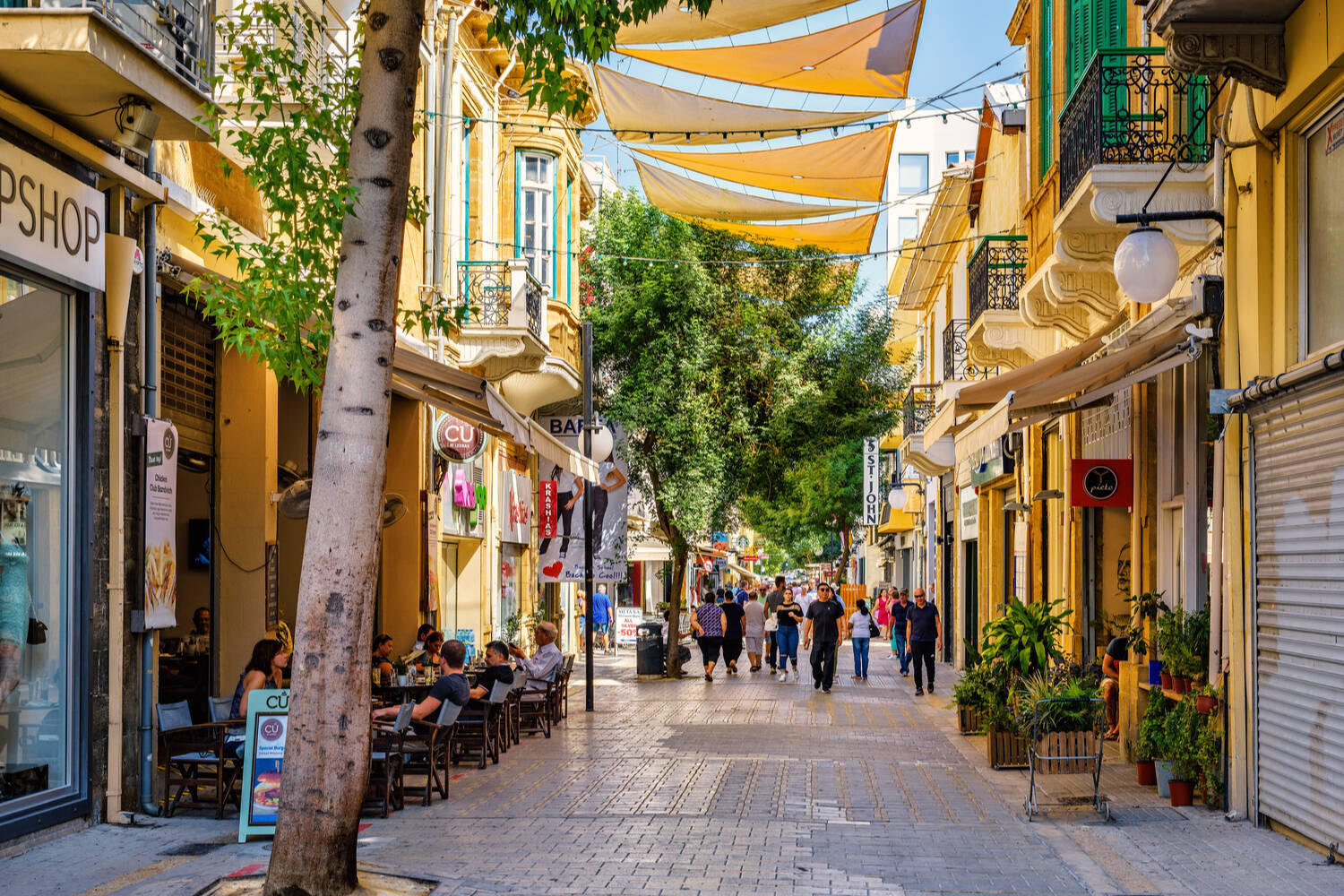


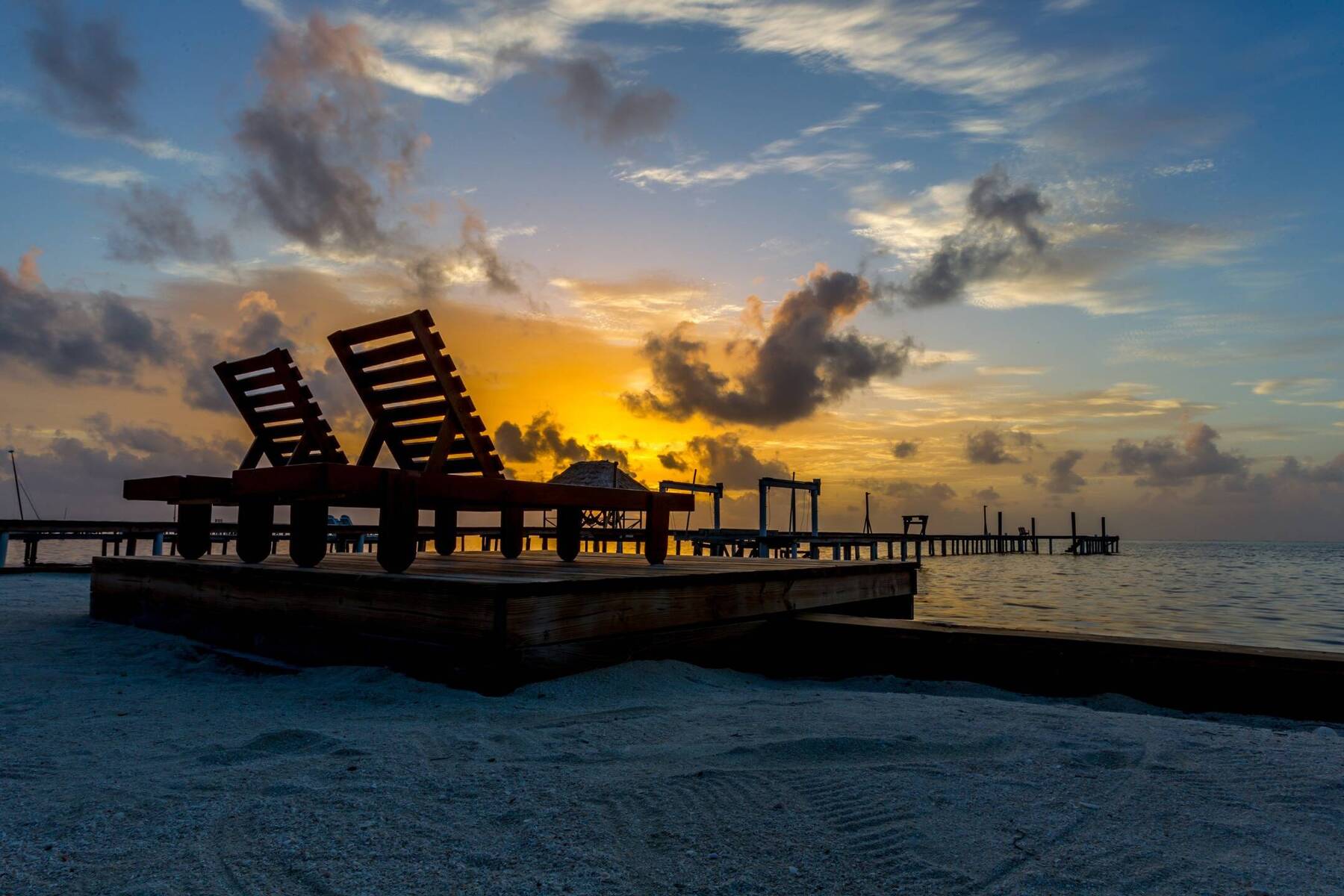





Comments